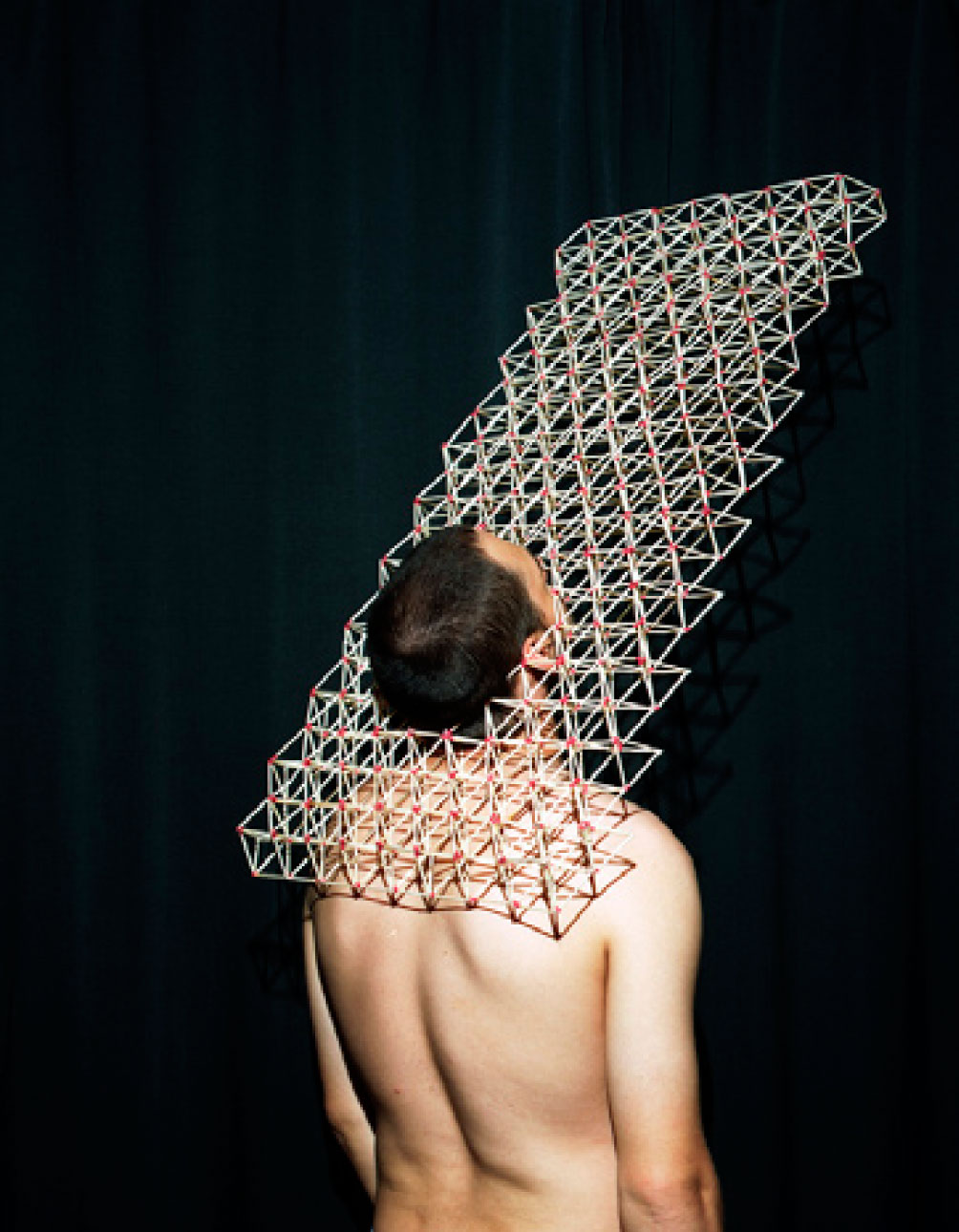
Experimental Structure Seminar
[Modelling Boundaries]
Since the end of the 19th century, technological improvements have broadly changed architectural expression by exploring new materials associated with their structural arrangement suitability. The effects on the design practice have resulted in a close collaboration between architects and engineers. This collaboration has implicitly always been based on the role of the structural engineer to support the architects in the design of forms capable to safely fit in a defined function. Thus, engineering has been developing appropriate models to grasp at a complex reality. From graphic statics to current numerical tools based on structural theories and material characterisation, an invisible flow of forces can be modelled with enough accuracy to both qualify and quantify a structural behaviour.
Ironically [or logically], most of audacious and innovative structural propositions went to explore the boundaries of such existing models of representation. Without theoretical models of prediction, the design partners have referred to experimentation with physical ones. Through lightness or flexibility, pioneers intuition pushed the limits of an established knowledge based on a restricted idea of solidity.
A strong “form / force / material” coupling can lead to structural systems for which the geometry can not be determined without considering internal forces and material properties. Functional applications of such systems can be observed in nature and reveal a complex interaction of resistance, flexibility and adaptation. Consequently, the efficiency of numerical tools through digital modelling for example is drastically reduced if we are unable to consider those complex couplings. The virtual power depends finally on a perception of reality defined by physical and theoretical models.
The emergence of sustainable and self sufficient design as an increasingly important parameter in engineering and architecture questions our modelling boundaries. The resulting complexity of the design process involves multi-disciplinary interactions that might lead to evolutionary processes and forms radically different from current engineering practice. It demands a softer, more long-term approach to resources and forces in order to develop adequate strategies of adaptation. In other word, forms might become more elastic and spring-like to respond in a more flexible way to changing forces, they might develop strategies to adapt to extreme forces without experiencing collapse or they might use the energy and forces exerted onto them for their own growth, stability and functions. Forces are not primarily seen as single static values but as patterns which change depending on the geometric or functional response of the building. These forms blur the issue of collapse, they are safe not through resistance and stiffness but maybe through lying low or through participation.
- lecture 1 : General Introduction
ToyGL
Frumar J.A., Zhou Y.Y, XieY.M., Burry M.C., Tensegrity Structures with 3D compressed components - development assembly and design , Journal of the International Association for Shells and spatial Structures, Vol.50, No.2, 2009.
Maurin B., Motro R., Raducanu V., Pauli N., Soft Tensegrity Like panel - conceptual design and form-finding, Journal of the International Association for Shells and spatial Structures, Vol.49, No.2, 2008. 2 Foldability lecture
Smaili A. & Motro R., Foldable-Unfoldable curved tensegrity systems by finite mechanism activation, Journal of the International Association for Shells and Spatial Structures, Vol.48, n°3, 2007. 3 Catenary lecture
Chak D., Galbraith M., Kilian A., CatenaryCAD - an architectural design tool, Journal of the International Association for Shells and Spatial Structures, Vol.46, n°147, 2005.
Kilian A., Ochsendorf J., Particle-spring systems for structural form finding
Kilian A., Linking hanging chain models to fabrication 4 Membrane lecture
Ferrari Sketch Plugin for Sketchup 5Gridshell lecture
Knippers J., Helbig T., Recent developments in the design of glazed grid shells, International Journal of Space structures, Vol.24, n°2, 2009
Glymph J., Shelden D., Ceccato C., Mussel J., Schober H., A parametric strategy for free-form glass structures using quadrilateral planar facets, Automation in construction, 2004 6Folds lecture
look at the presentation and the reference #8 below 7Particular Mesh lecture
Pottmann H. et al, Geometry of multi-layer freeform structures for architecture 8Weaving lecture
Weinand Y., Innovative Timber Constructions, International Journal of Space Structures, Vol.50, n°2, 2009 9Kinetic lecture
- lecture 2 : What is structurally non conventional?
- lecture 3 : Final First Assignment + ARCHIWASTE + WORKSHOP "are you able to build a dome in one hour?"
- lecture 4 : How? _ Why?
- lecture 5 : Towards a new materiality...a necessity
- lecture 6 : Flexible hybrids + Final Student presentations